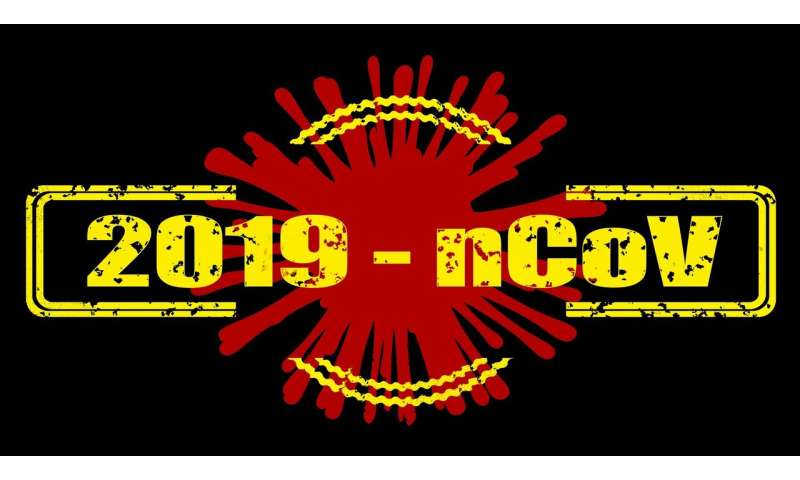
Convention centers, sports arenas, and parking lots from Los Angeles to Miami are being urgently converted into makeshift hospitals as authorities brace for a surge in coronavirus patients.
But another problem is already looming: a dire lack of medical staff to work in them.
For the time being, these beds are often lying empty because the peak in the number of infections is still believed to be several weeks away for many regions, excluding the likes of New York and Louisiana.
The rows and rows of beds in immense rooms invoke a sense of wartime, and a health catastrophe to come.
In New York, the convention center where Hillary Clinton held her election night party in 2016 is opening its doors to COVID-19 patients.
A Navy hospital ship, the USNS Comfort, has a thousand beds but as of Friday just 20 were occupied because the military doesn’t want to treat any coronavirus patients but instead handle the overflow of other patients.
In Detroit engineers have been busy since Tuesday erecting partitions in the TCF Center, a convention hall where Bernie Sanders held a political rally in early March.
They’re putting in oxygen tubes, cabling for electricity and computers, and have modified the air conditioning to ensure air doesn’t escape outside.
“I’ve been working 15 hour days since this started,” said Nick Zager, of the Army Corps of Engineers which is more often called in to help cities devastated by hurricanes or floods.
“I’ve never felt part of a more important mission in my life.”
By the weekend they’re hoping to have in place 1,000 rooms measuring ten by ten feet (three by three meters), separated by partitions, over two floors, awaiting future virus patients.
There will be 600 beds on the upper floor equipped with oxygen, and 400 on the lower floor without breathing support for patients further along in their recovery.
Plus 66 sinks, 49 showers and 23 toilets.
The facility is being financed by the federal government following a request made by the state of Michigan on Sunday.
Medical staff and equipment are the responsiblity of the local health authority.
Army engineers are already pre-planning 20 other sites in Detroit, Grand Rapids and other parts of Michigan, in case they are needed.
“I like to hope for the best and plan for the worst as an engineer,” said Zager, a quote often repeated in his corps.
Calm before the storm
The military is building eight field hospitals in and around New York, Chicago and two other Illinois cities.
More sites in Texas and Louisiana are also planned.
In California, the state’s National Guard has set up a temporary hospital in the desert environs of Indio, with 125 beds.
An RV camp hospital has been set up near the beach in Los Angeles to isolate coronavirus patients.
And hospitals are themselves expanding their capacity without waiting for public assistance.
In Virginia, just south of the capital Washington, there is a sense of a calm before the storm.
The peak of the outbreak in the state isn’t set to occur until mid-May, according to modeling by the Institute for Health Metrics and Evaluation at the University of Washington.
The Mary Washington Hospital in Virginia’s Fredericksburg has just set up an emergency room in its parking lot to double its capacity.
When AFP went there on Thursday, there was still no one there.
“I hope we never have to use it but there’s no indication with a lot of the models that that’s going to be the case, unfortunately,” Christopher Newman, the hospital’s chief medical officer told AFP.
The hospital has doubled its number of Intensive Care Unit beds from 38 to 76, and presently has 71 ventilators.
What if the surge means capacity is exceeded by a factor of three or four? It would mean transferring patients to other hospitals, said Newman.
“My biggest concern with this is staffing,” he said.
He has made arrangements with doctors from other specialties and primary care physicians to plug the gap. But, he warned, “if all the health systems are at capacity or actually double capacity in Virginia, it’s going to be very difficult to have additional staff to man the field hospitals.”
New York illustrates the worst case scenario for what the rest of the country may face in April or May.
“I asked the president and the military over a week ago for 1,000 nurses, 150 doctors, 300 respiratory therapists,” Mayor Bill de Blasio told CNN on Friday.
Source: Read Full Article






